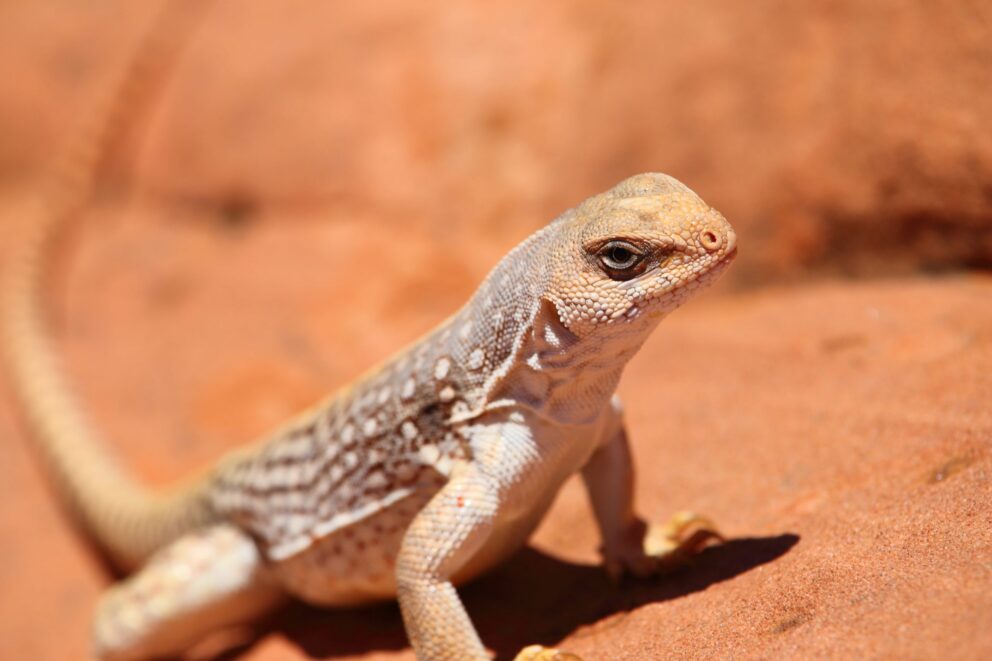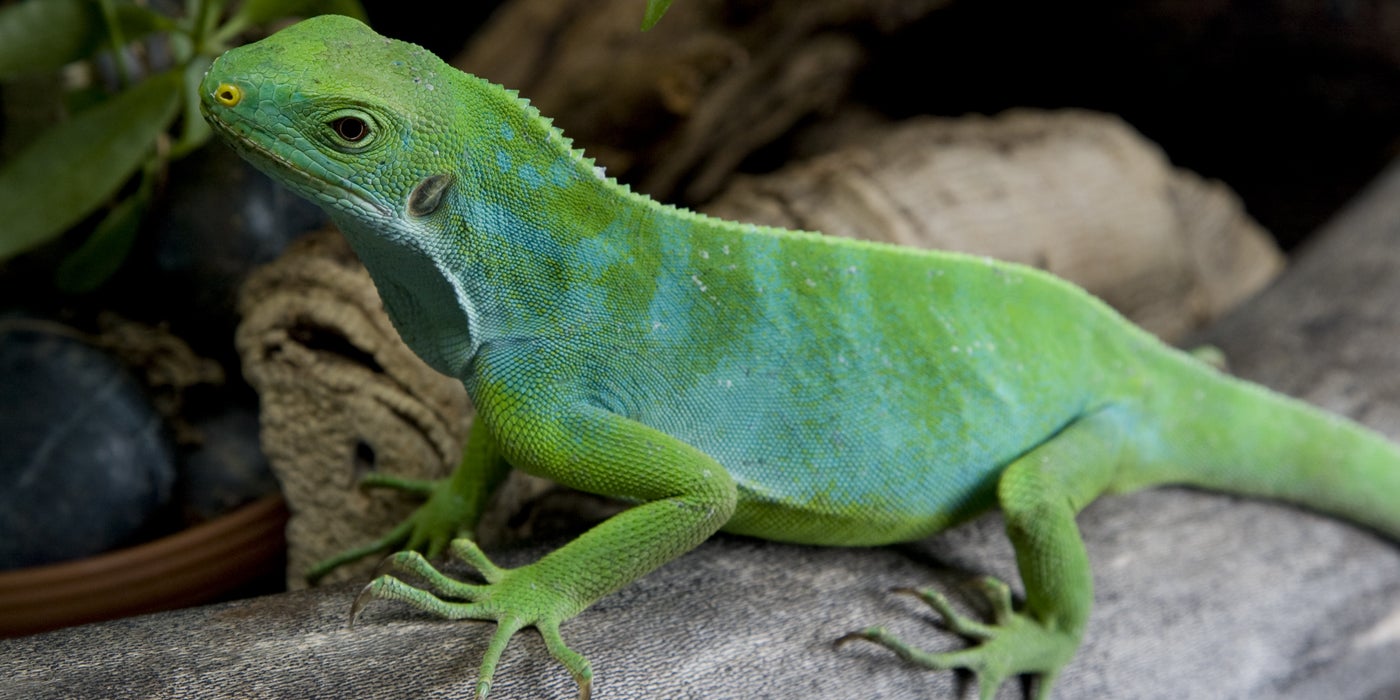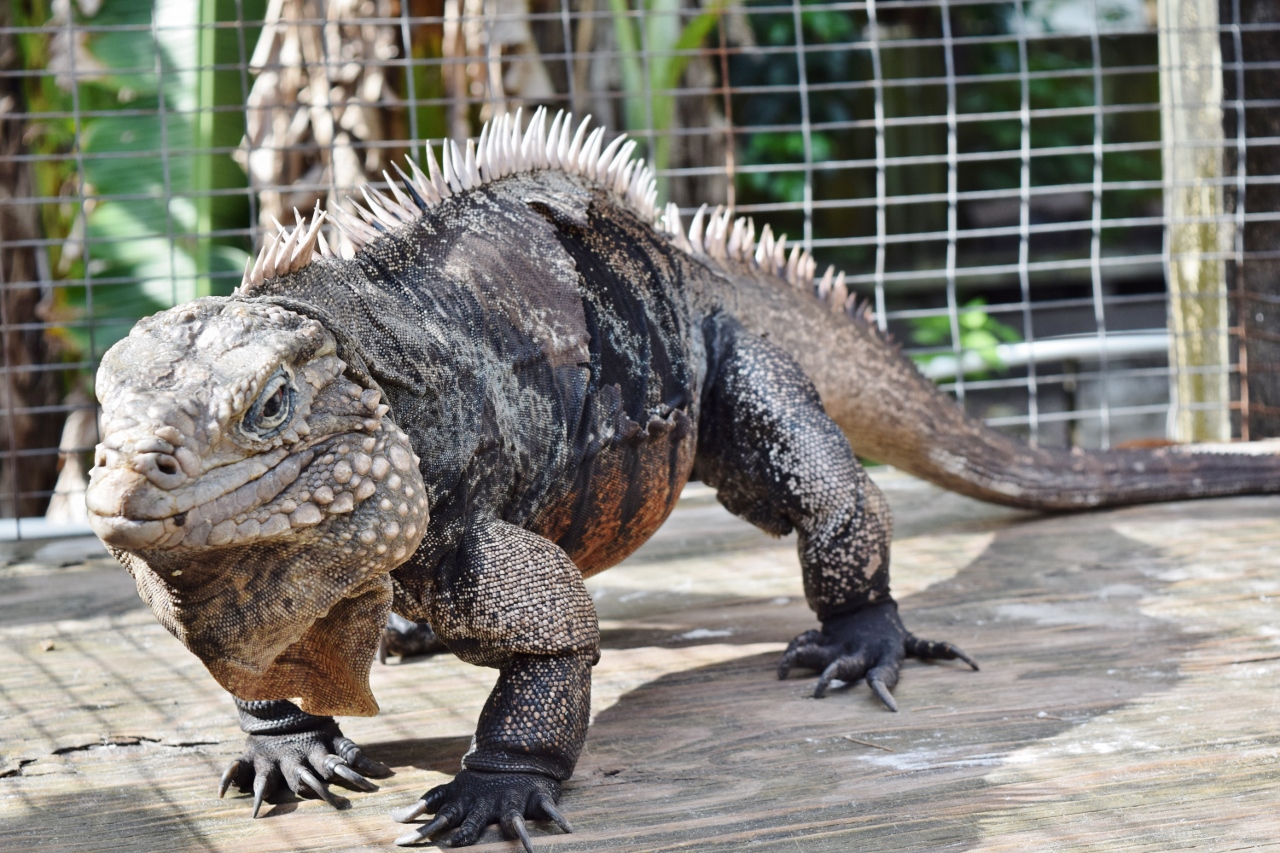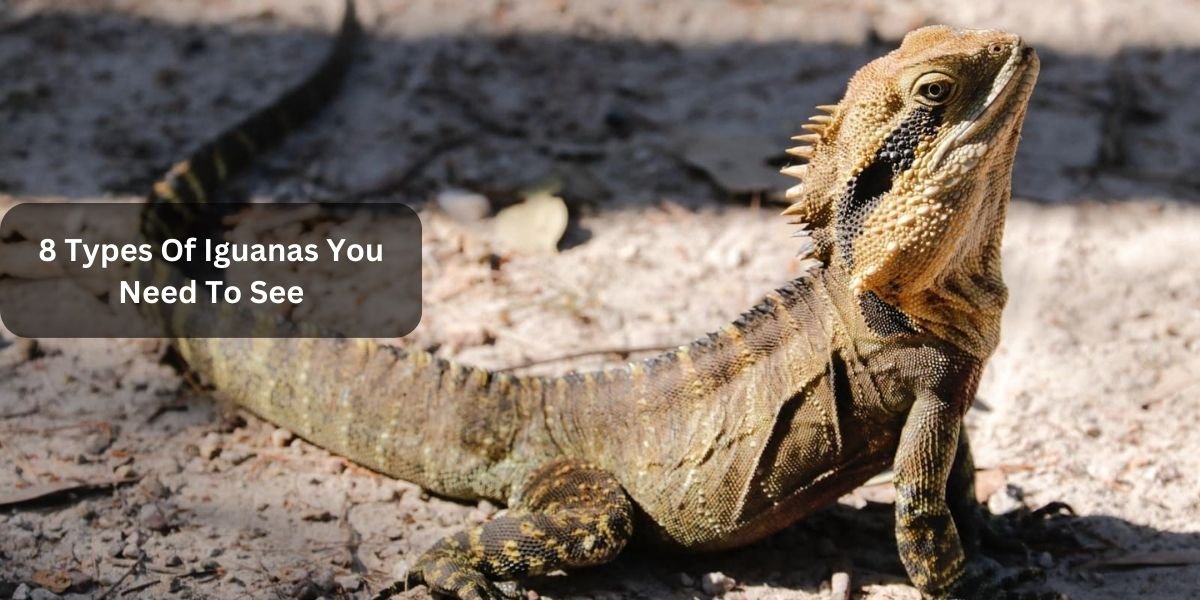Introduction:
The world of iguanas is a captivating realm filled with unique species that showcase the extraordinary diversity of these reptilian wonders. From vibrant colors to distinctive sizes, each iguana species has its own charm. Join us on an exploration of the 8 types of iguanas that you absolutely need to see for a glimpse into the stunning variety within this reptilian family.
The Iguana Family’s Rich Diversity
Iguanas belong to the family Iguanidae, encompassing a wide array of species that vary in size, habitat, and appearance. Let’s delve into the fascinating world of eight distinct iguana species that are sure to leave you in awe.
Green Iguana – The Iconic Arboreal Giant

The Green Iguana, often recognized as the poster child of iguanas, boasts vibrant green hues and is primarily arboreal. Native to Central and South America, these large reptiles are often found basking in treetops, showcasing their impressive size and distinctive dewlap.
Lesser Antillean Iguana – Jewel of the Caribbean

The Lesser Antillean Iguana, native to the Caribbean, is a species that adds a burst of color to its native landscapes. With hues ranging from green to blue and even pink, these iguanas are a true jewel of the Caribbean biodiversity.
Blue Iguana – A Rare Caribbean Gem

The Blue Iguana, native to the Grand Cayman Island, is a critically endangered species. Known for its stunning blue skin, these iguanas are a conservation focus, with efforts underway to protect and restore their populations.
Desert Iguana – Master of Arid Landscapes

The Desert Iguana, well-suited for arid environments, is found in North America’s southwestern regions. Sporting a gray-brown coloration, these iguanas are masterful at surviving in harsh desert conditions.
Marine Iguana – Unique Ocean-Dwelling Reptile

The Marine Iguana, native to the Galápagos Islands, is the only iguana species that has adapted to ocean life. Renowned for its unique ability to swim and feed on underwater algae, this species showcases the remarkable adaptability of iguanas.
Black Spiny-Tailed Iguana – A Mexican Marvel

The Black Spiny-Tailed Iguana, native to Mexico and Central America, stands out with its robust black tail covered in spines. Known for its agility and speed, this iguana species is often found in rocky landscapes.
Collared Iguana – Tropical Elegance

The Collared Iguana, native to Central America, is a tropical beauty with vibrant colors and intricate patterns. Their striking appearance, coupled with a distinctive collar-like marking, makes them a visually captivating species.
Fiji Banded Iguana – Island Rarity

The Fiji Banded Iguana, native to the Fiji Islands, is a rare and endangered species. Recognized for its unique banded pattern and vibrant hues, this iguana faces threats due to habitat loss and invasive species.
Cuban Rock Iguana – Caribbean Royalty

The Cuban Rock Iguana, endemic to Cuba, is celebrated for its vibrant coloration and distinctive rock-dwelling habits. With a regal appearance and a unique ecological niche, these iguanas are a symbol of Caribbean biodiversity.
Conclusion:
The world of iguanas is a realm of remarkable diversity, with each species contributing its own unique charm to the tapestry of nature. From the iconic Green Iguana to the endangered Blue Iguana, these reptilian wonders showcase the beauty and adaptability of iguanas across different regions and ecosystems.
FAQs:
Q1: Can iguanas be kept as pets?
While some people keep iguanas as pets, it’s important to note that they require specialized care and attention. Proper housing, diet, and environmental conditions are crucial for their well-being. Additionally, some species are protected or endangered, and ownership may be subject to regulations.
Q2: Are iguanas good swimmers?
While most iguana species are not known for their swimming abilities, the Marine Iguana is an exception. Marine Iguanas are excellent swimmers and are known to dive into the ocean to feed on underwater algae.
Q3: Do iguanas make vocalizations?
Iguanas are not known for vocalizations in the way that some other reptiles or mammals are. However, they may hiss or make other sounds as a defensive or territorial behavior.
Q4: How do iguanas regulate their body temperature?
Iguanas are ectothermic, meaning they rely on external sources to regulate their body temperature. They bask in the sun to warm up and retreat to shade or burrows to cool down. This behavior helps them maintain an optimal body temperature.
Q5: Why are some iguana species endangered?
Various factors contribute to the endangerment of iguana species, including habitat loss, climate change, invasive species, and human activities. Conservation efforts are crucial to protect and preserve these species and their habitats.



